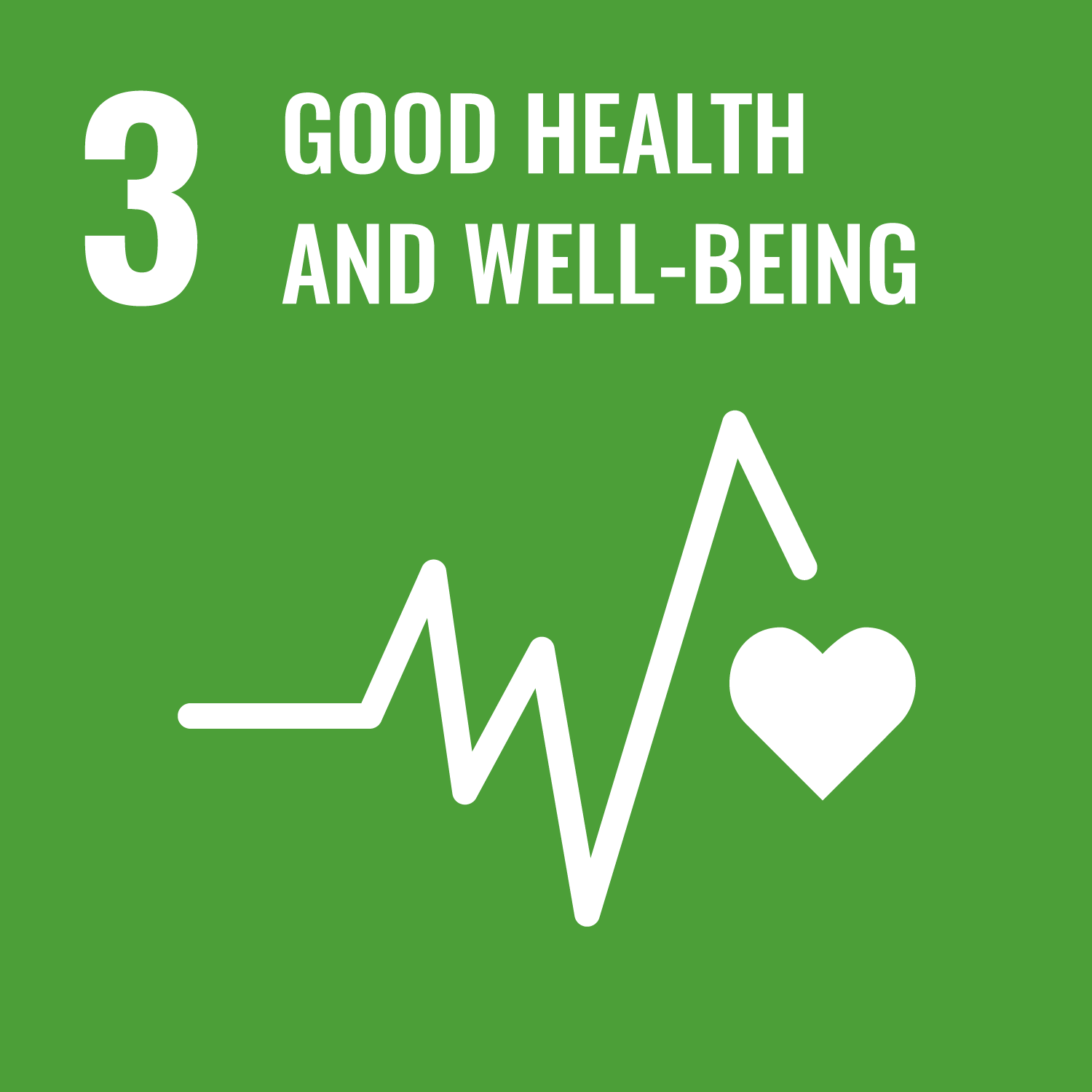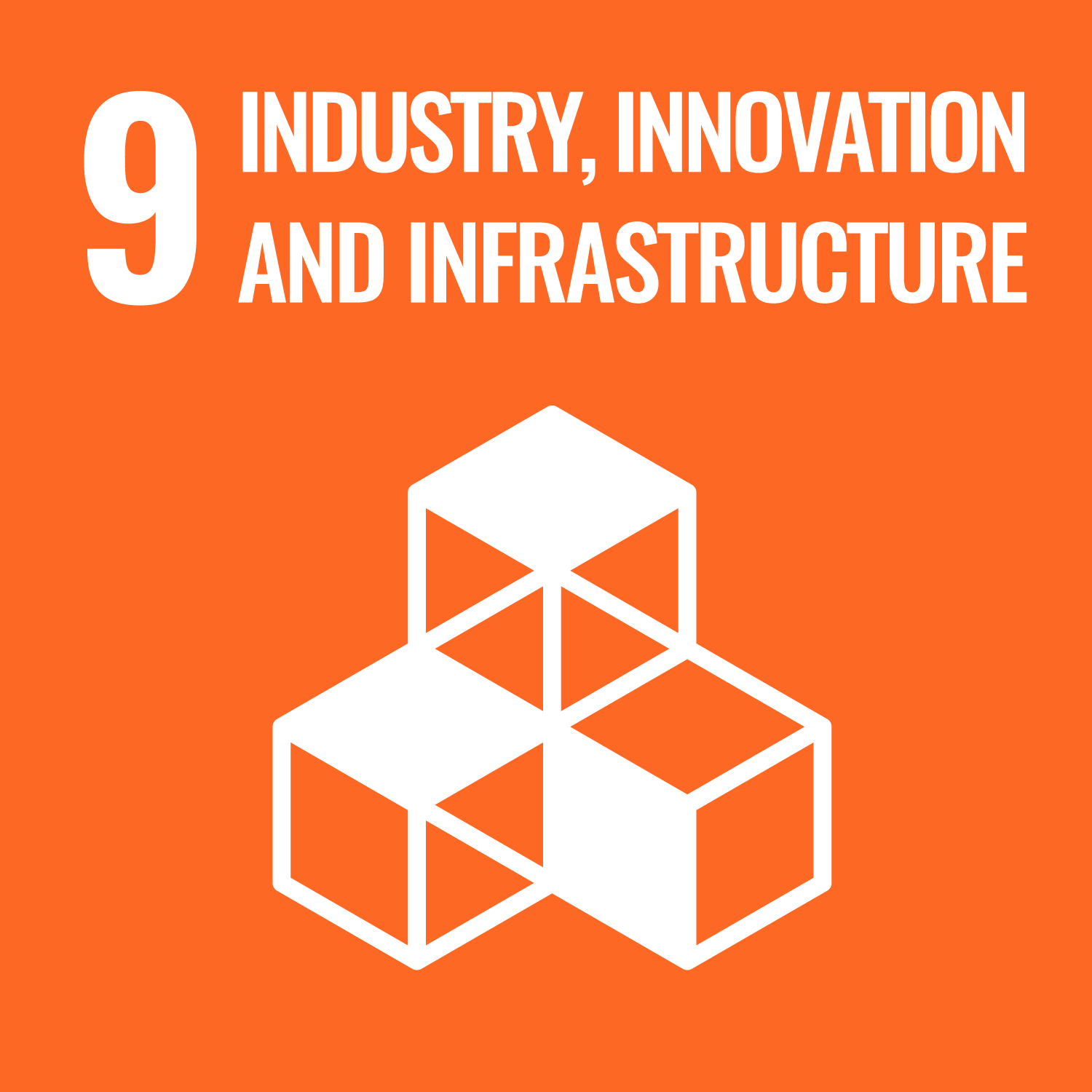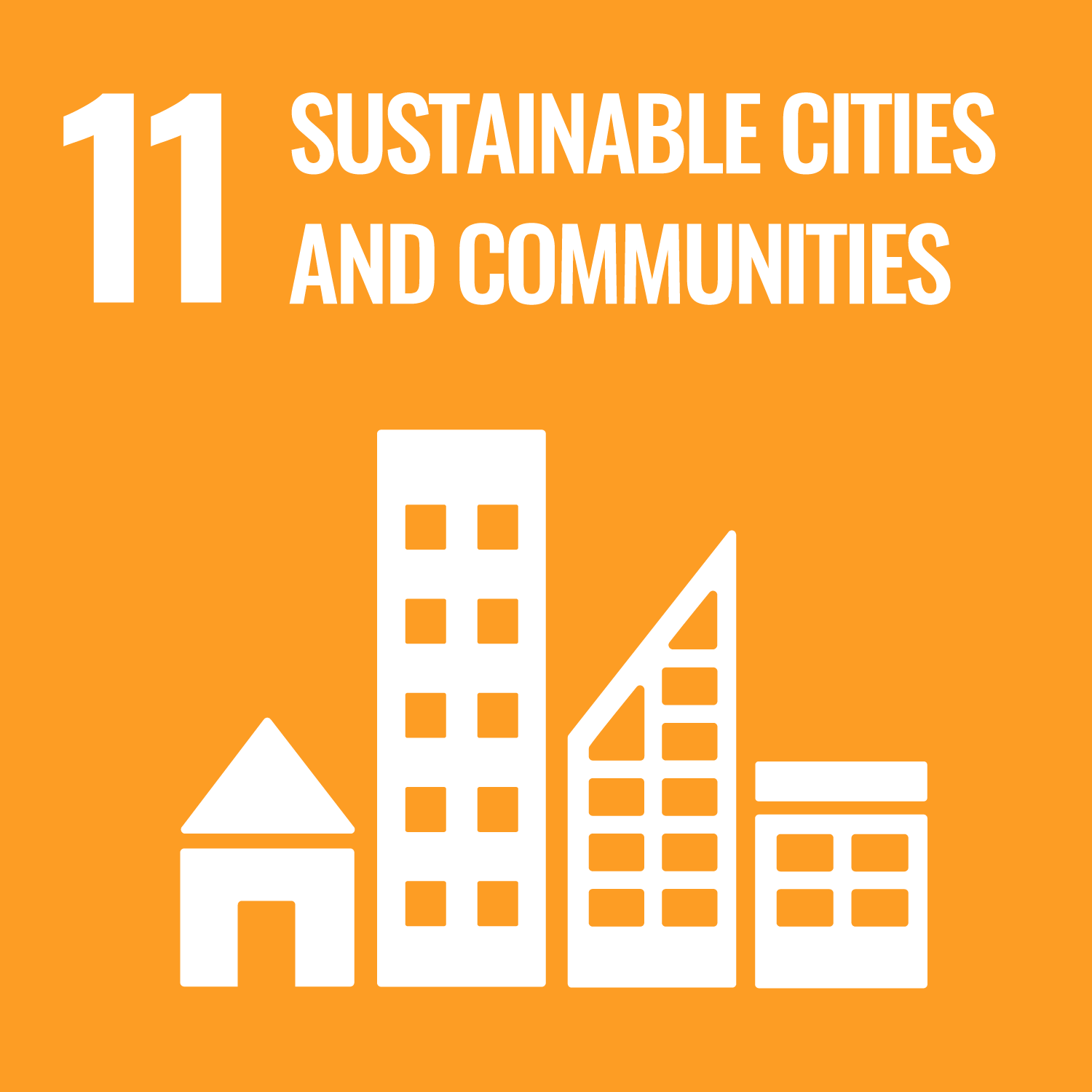
Ibrahim Niankara, Ph.D
Abu Dhabi Campus
Education
- B.S., Economics with Quantitative Studies option, Oklahoma State University, Magna Cum Laude, 2007
- M.S., Economics with a Graduate Minor is Statistics, Oklahoma State University, 2009
- Ph.D., Economics, Oklahoma State University, December 2011
Research Interests
Applied Econometrics, Applied Computational Statistical Modelling, Applied Micro-economics, International Economics.
Selected Publications
- Niankara, I., & Traoret, R. I. (2023). The digital payment-financial inclusion nexus and payment system innovation within the global open economy during the COVID-19 pandemic. Journal of Open Innovation: Technology, Market, and Complexity, 9(4), 100173. DOI: https://doi.org/10.1016/j.joitmc.2023.100173
- Niankara, I. (2023). Socioeconomic and geospatial determinants of households’ food and non-food consumption dynamics within the West African Economic and Monetary Union. Scientific African, 20, e01724. DOI: https://doi.org/10.1016/j.sciaf.2023.e01724
- Niankara, I., & Traoret, R.I. (2023). “Towards an encompassing concept of remittance in the digital era: Assessing the role of formal banking and mobile money accounting in its spatial flow”. Journal of Open Innovation: Technology, Market, and Complexity, 9(3), 100107. DOI: https://doi.org/10.1016/j.joitmc.2023.100107
- Niankara, I.; Zoungrana, D. T.; Traoret, R.I. (2023). “Health and Environmental Consciousness Effects of Wealth in Low Income Countries: Evidence from Households' Energy, Water, and Sanitation Services Consumption in Burkina Faso”. International Journal of Economic Policy in Emerging Economies, 17 (3), 307-332. DOI: https://doi.org/10.1504/IJEPEE.2021.10034925
- Niankara I.; Ghaleb A. E.; Qasim. A. (2023). “A Spatial bivariate copula regression analysis of youths’ access to ICT resources and subjective well-being in the Middle East”. International Journal of Economics and Business Research, 26 (1), 43 - 83. DOI: https://doi.org/10.1504/IJEBR.2023.10042169
- Niankara, I., & Islam, A. R. M. (2023). The impact of B2P Electronic Payroll and G2P Digital Welfare on Formal Financial Inclusion in the Global Open Economy. Journal of Open Innovation: Technology, Market, and Complexity, 9 (2),100034. https://doi.org/10.1016/j.joitmc.2023.100034
- Niankara, I. (2023). "The Impact of Financial Inclusion on Digital Payment Solution Uptake Within the Gulf Cooperation Council Economies". International Journal of Innovation Studies. 7(1), 1-17. DOI: https://doi.org/10.1016/j.ijis.2022.09.004
- Niankara, I. (2023). "The Impact of Information and Communication Technology on Youth Ecological Behavior: A Global Cross-country Perspective on Environmental Citizenship and Ethics". International Journal of Global Warming. 29 (4), 318 - 349. DOI: https://doi.org/10.1504/IJGW.2023.10055274
- Niankara, I. (2022). Sustainability through open data sharing and reuse in the Digital Economy. In 2022 International Arab Conference on Information Technology (ACIT) (pp. 1-11). IEEE. DOI: https://doi.org/10.1109/ACIT57182.2022.9994191
- Niankara, I. (2022), "Empirical Analysis of the Global Supply and Demand of Entrepreneurial Finance: A Random Utility Theory Perspective". Journal of Open Innovation: Technology, Market, and Complexity, 8(1), 26. DOI: https://doi.org/10.3390/joitmc8010026
- Niankara, I. (2022). “Education’s effect on Food and Monetary Security in Burkina Faso: A Joint Semi-parametric and Spatial Analysis”. African Journal of Science, Technology, Innovation and Development, 14(6), 1690-1706. DOI: https://doi.org/10.1080/20421338.2021.1982662
- Niankara, I. (2020), “The impact of government and private sectors electronic transfer practices on financial inclusion in the economic community of the West African States”, International Journal of Finance and Economics, (pp.1-30). DOI: https://doi.org/10.1002/ijfe.2357
- Niankara, I. (2020). The relative influence of inter-generational co-residence on healthcare market and labour market outcomes in post-Affordable Care Act USA. Global Business and Economics Review, 22(3), 213-248. DOI: https://doi.org/10.1504/GBER.2020.10027642
- Niankara, I. (2019). Scientific media dieting and youth awareness and expectations about the environmental issues of deforestation and species extinction in the Middle East and North America. World Review of Science, Technology and Sustainable Development, 15(3), 252-282. DOI: https://doi.org/10.1504/WRSTSD.2019.102116
- Niankara, I. (2019). Gender inequality in literacy status and its effects on households’ economic well-being in Burkina Faso: a semi-parametric bivariate sample selection modelling approach. International Journal of Economics and Business Research, 17(2), 218-242. DOI: https://doi.org/10.1504/IJEBR.2019.097657
- Niankara, I. (2018). Organisational management culture and employers' health insurance offering strategies in the USA: an Ubuntu-based random utility modelling approach. Global Business and Economics Review, 20(4), 503-520. DOI: https://doi.org/10.1504/GBER.2018.092767
Teaching Courses
Statistics for Business Decision-Making, Math for Business, Quantitative Business Analysis, Principles of Microeconomics, Principles of Macroeconomics, Statistics & Research Methodology, Production and Operations Management, Business Ethics, International Trade, Money and Banking, Intermediate Micro-economics and Managerial Economics.
Expertise related to UN Sustainable Development Goals
In 2015, UN member states agreed to 17 global Sustainable Development Goals (SDGs) to end poverty, protect the planet and ensure prosperity for all.
This person’s work contributes towards the following SDG(s):



Government and private sectors electronic transfer practices and financial inclusion in the economic community of the West African States
Published in: Interdisciplinary Working Papers
Oct 04, 2020
Relying on a pooled-cross-sectional panel of the 2014 and 2017 Global Findex data, and a Random Utility Theoretic Model for revealed financial preferences data analysis, this paper examines the impact of government and private sector electronic transfer practices on financial inclusion, in terms of individuals’ ability to save and borrow within the Economic Community of the West African States (ECOWAS). For sensitivity analysis, we adopt a sequential empirical strategy in which we estimate and contrast four specifications of the saving and borrowing processes. Overall, our findings are stable across all specifications and show that along with socio-economic factors such as age and income, public welfare transfers and employment based salary transfers foster financial inclusion by significantly raising individuals’ marginal propensity to save (MPS) (by 11.6% and 12.9% respectively) and marginal propensity to borrow (MPB) (by 12.6% and 8.2% respectively) within ECOWAS. We found however that within ECOWAS, both MPS and MPB have decreased by 21.4% and 7.2% respectively between 2014 and 2017. Therefore, in addition to other economic growth promoting fiscal tools in the government toolkit, mandates on public (government to citizens) and private (Business to citizens) electronic financial transfers are significant policy leverages for improving financial inclusion and growth within ECOWAS.
Pooled cross-sectional panel of the 2015-2018 PISA student questionnaire data files for the evaluation of youth related strategies implemented under the UN 2030 Agenda for sustainable development
Published in: Data Article
Oct 04, 2020
This data article is a follow up to the cross-national data on the environmental affection and cognition of adolescent students of varying levels of interest in ecosystem services and sustainability [1]. The data is being provided as a pooled cross-sectional panel of the 2015 [2] and 2018 [3] publicly released student questionnaire data files from the Programme for International Student assessment (PISA). The 2015 cross-section was used in the studies “Interest in the biosphere and students’ environmental awareness and optimism: A global perspective” [4] and “Scientific media dieting and students’ awareness and expectations about the environmental issues of deforestation and species extinction in the Middle East and North America: An integrated cross cultural ecologic-economic analysis” [5]. The present article presents key information and indicators on the world youth population before and after United Nations (UN) country members’ adoption of the 2030 Agenda for sustainable development in 2015. In doing so, it provides about a five year window of facts and figures, which can be used by researchers and policy makers to evaluate the effectiveness of early stage implementation of SDGs strategies in relation to youth education, access to information and communication technologies (ICT), and well-being worldwide. The presented data covers 409747 youth respondents distributed across 46 countries, 199511 of the respondents are from the 2015 cross-section, and the remaining 210236 from the 2018 cross-section. The data is further supplemented with spatial metadata containing the geographical coordinates of each of the covered 46 countries, which can be used for spatial Analysis and econometric modeling as illustrated in the present data article.
Data for the Regional and Provincial Analyses of Households’ Economic Well-Being in Burkina Faso.
Published in: Data Article
Oct 04, 2020
Although household and business surveys generally collect regional codes, indicators are usually not tabulated by that dimension in international comparisons [13], as a result information on the extent of regional disparities or dispersion within countries is often unavailable [11]. This is why a call was made for collaboration between international organizations and G20 countries and partner countries to make regional data available, by advancing on methods to make microdata more accessible for progress [12]. The present data article inscribes itself within this context with the aim of bridging the above highlighted data gap. We achieve this by capitalizing on the 2014 Burkina Faso’s National Survey on Households Living Conditions, to provide regional and provincial levels aggregated households’ welfare indicators, along with socio-economic and demographic characteristics in Burkina Faso. The presented welfare extract, which covers 10411 households distributed across 45 provinces, and grouped into 13 administrative regions, is further supplemented with geospatial meta-data for analyses in the space dimension.
Copyright © 2024 Al Ain University. All Rights Reserved.
